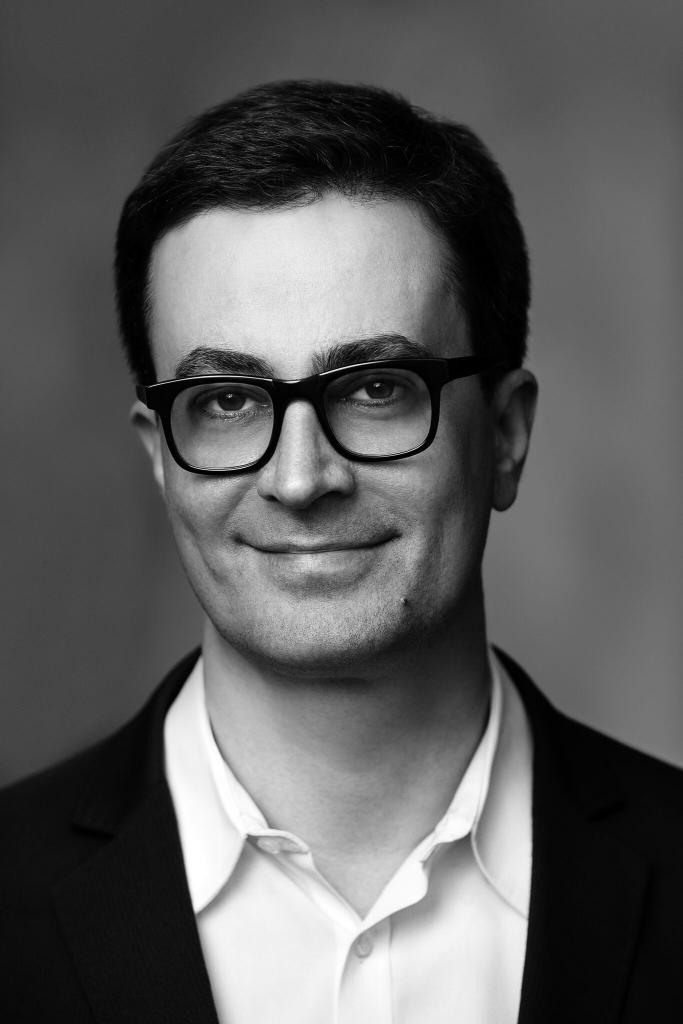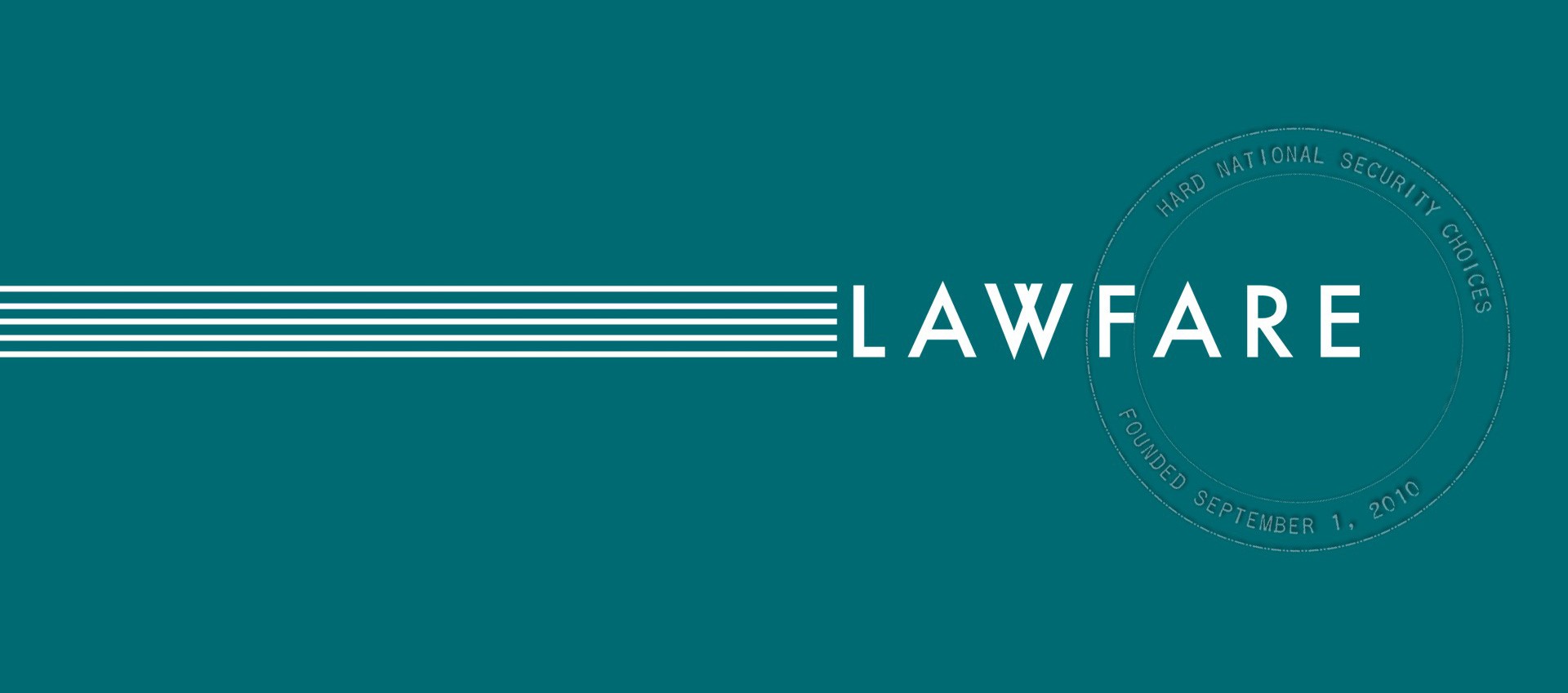A Response to Steve Slick’s Review of ‘Finks’
At the heart of Steve Slick’s September 26 review of my book Finks: How the CIA Tricked the World’s Best Writers, lies an unstated riddle: When do democratic institutions allow themselves to censor? Slick is not exceptionally praising of my book, which is itself a critique of a secrecy regime that begins when such censorship is normalized.
Published by The Lawfare Institute
in Cooperation With

At the heart of Steve Slick’s September 26 review of my book Finks: How the CIA Tricked the World’s Best Writers, lies an unstated riddle: When do democratic institutions allow themselves to censor? Slick is not exceptionally praising of my book, which is itself a critique of a secrecy regime that begins when such censorship is normalized. The CIA’s Congress for Cultural Freedom (CCF), a covertly-funded cultural propaganda outfit, existed from the 1950s until it was exposed as a CIA front in the late 1960s. Its purpose was to compete with the Soviet Union’s cultural and organizational funding, which included propaganda outfits that inspired the congress’s birth. While the aims of the congress were understandable (and many who participated thought noble), Finks attempts to show how the expectation of transparency that traditionally rules over the media and journalism in a democratic country--transparency in funding, potential conflicts of interest and so on--collided with the CIA’s clandestine services, where outfits like the CCF were funded and based. The clandestine services is also the side of the CIA where Mr. Slick himself worked under George W. Bush. Should we allow agents of state, working in secret, to decide what gets published or not?
Less interested in the many accounts of the U.S.’s good intentions during the Cold War, I focused on that structural collision, which is a discussion of means rather than intentions. Traditionally, in the media, if you are broadcasting or writing about a person or entity while they are paying you, you must disclose that financial incentive. This guideline obviously couldn’t apply in the case of the witting participants of the Congress for Cultural Freedom, the Free Europe Committee and others in the CIA media propaganda fold. The writers and editors who straddled the divide between a media ruled by transparency and the needs of the clandestine services, saw themselves living a contradiction, and were often exceedingly distressed over it. Why shouldn’t that singular fact, seen in case after case, be known?
Against this backdrop, Mr. Slick’s specific critiques of my book come into focus. He lays out three of my main theses accurately enough: The first is the well-substantiated evidence that George Plimpton’s Paris Review kept its ties to the CIA even beyond the time his co-founder Peter Matthiessen set up the magazine as cover for the latter's activities as a covert counterintelligence officer in Paris in the early 1950s. The second is that the small magazine was never as apolitical as it claimed, though its apolitical stance was useful for soft power propaganda purposes and for its early role disguising an agent abroad. And the third is that the divide between a “good” culturally sophisticated CIA that funded journalism and literature and a “bad” one that sponsored coups represents a false divide (if you focus on this collision of secrecy versus transparency the division is moot).
On the first point, Mr. Slick agrees with my conclusions that the Paris Review’s multiple ties to the CIA outlived Matthiessen’s overlapping tenures at CIA and the magazine. The evidence is clear. George Plimpton, the magazine’s famed editor, maintained a relationship with the Congress for Cultural Freedom at least until it was exposed in the late 1960s as a CIA front organization. But Mr. Slick accuses me of villainizing Plimpton, and calls that villainization “an unarticulated subplot of ‘Finks.’” On this point I disagree. Although I am critical of Plimpton many times in the book--such as when Plimpton’s other co-founder Harold Doc Humes writes him in 1966 asking that the magazine come clean about its formative CIA ties-- I nevertheless found Plimpton’s predicament, tragic and worthy of sympathy. But much more telling was that it led back to this thorny contradiction between secrecy and disclosure. On one hand stood Plimpton’s professional friendship with Humes, who argued for journalistic and even cleansing disclosure; on the other stood his professional friendship with Matthiessen, who Plimpton may or may not have known might have signed a secrecy agreement when he joined the CIA. The requirements of journalism, what the Paris Review was engaged in whenever it published interviews and essays, hereby collided with the requirements of the covert state. Like it or not, it’s a structural contradiction of stated American values that really should be better understood. And it happened at magazines the CIA founded and funded across the board.
Rather than go “off the rails” in my final section on Afghanistan, as Mr. Slick claims, what I intended to show was another version of that contradiction. Yet another early Paris Review stakeholder, John Train, a colleague and friend of Plimpton's, was doing covert media propaganda work in Afghanistan long after the question of confessing these ties originally came up, and during the time of the Soviet intervention there. I never once claimed Plimpton bore any responsibility for the rise of al-Qaida. To say so, Mr. Slick must know, would be dishonest. My actual claim was that Plimpton was in a social-professional network tying him indirectly to the covert activity there, which indeed saw Islamists funded in the guerrilla and media campaigns against the Soviets. The fact of another colleague doing covert propaganda work in Afghanistan may have underlined Plimpton’s decision not to discuss the ties that became exposed only after his 2003 death, though his colleague Humes had requested he discuss it.
Mr. Slick also brings up the CIA’s censorship of its official magazines. (Paris Review was more like an outside collaborator with the Congress for Cultural Freedom.) Almost in the same breath as he claims that the CIA rarely censored, Mr. Slick praises Frances Stonor Saunders’s book Who Paid the Piper?. What Stonor Saunders showed, however, was that structural censorship was in place at the CIA’s flagship magazine Encounter, and this censorship was reestablished when it failed to catch some of the more controversial articles. My own research showed that structural censorship was in place at other magazines, such as Combate in Latin America. Anything the CIA might consider controversial, i.e.,critical of the behavior of the Western powers, had to be shown to the agency's brass. Under their scrutiny, it could be rejected even after paid professional editors had accepted the work.
One would presume many pieces would have fallen by the wayside under this setup. Mr. Slick seems to concede the censorship and euphemizes it like this: “I suspect the CIA official and his supervisor regarded this inquiry as a minimal exertion to ensure U.S. taxpayers were paying for literary content that advanced and did not undermine the program’s goals.” The problem is that in a secrecy regime, the contributors would hardly know what the real goals were. And if free inquiry was among them, criticism was fair game. Mr. Slick then goes on to criticize my work for not being “satisfied with evidence that the CIA only infrequently weighed in on the content of work it was paying to produce and distribute.” As my own research of archival documents and Stonor Saunders’s both demonstrate, however, the structural censorship, infrequent or not, ensured that they may have had to explicitly censor only rarely, because the censorship was written into the magazines’ founding documentation. The editors, experiencing even infrequent interventions of state editors at CIA, would have quickly learned the limits of their editorial judgments.
On the question of the good versus bad CIA, I will confess to an occasionally snarky tone. The grammar schoolboy in me stood, and stands, astounded before the evidence suggesting that this collision of secrecy and transparency had been so rampant yet so little examined. But the question of good versus bad intentions aside, it ought to be clear to Mr. Slick that the media and cultural propaganda outlets created by the CIA resided in his wing, the clandestine services, though before his time. The contradiction this enabled is not something we need take for granted. Couldn’t another agency have taken over the funding and managing of the U.S.’s editorial wing before it blew up into a scandal, as it ended up doing? The evidence suggests it could have, and many argued for this. The original idea was for the State Department to fund culture. And it could have been presided over by an editorial separation of powers, mirroring the great innovation of American and modern democracy. The missed opportunity lies on Mr. Slick’s side of the aisle. If we recommend robust freedoms abroad to our friends and enemies, including freedom of the press, but refuse to consider how our fears of Soviet secrecy eroded our own media transparency, then we’re still avoiding the central questions I set out to answer in the first place. A missed opportunity? I agree with Steve Slick.




